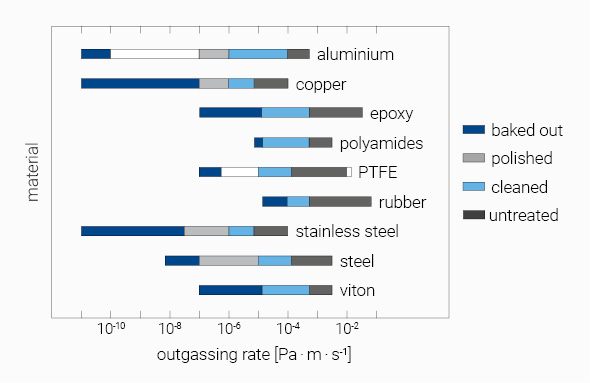A mandatory precondition of electron and ion beam technology-related components, assemblies and complete facilities is the generation, maintaining and monitoring of vacuum.
Today, vacuum systems are used in many fields of industry, research and science. An important milestone in the research history of vacuum systems was the demonstration of the power of the vacuum in two evacuated hemispheres by Otto von Guericke in 1657 in Magdeburg, pictured in the illustration above.
Since then, a lot of progress was achieved, showing that depending on the field of application of a vacuum facility, some aspects are more important than others, but overall some general guidelines apply. The following content shows some selected aspects of standards that should be met, especially while working with irradiation facilities.


